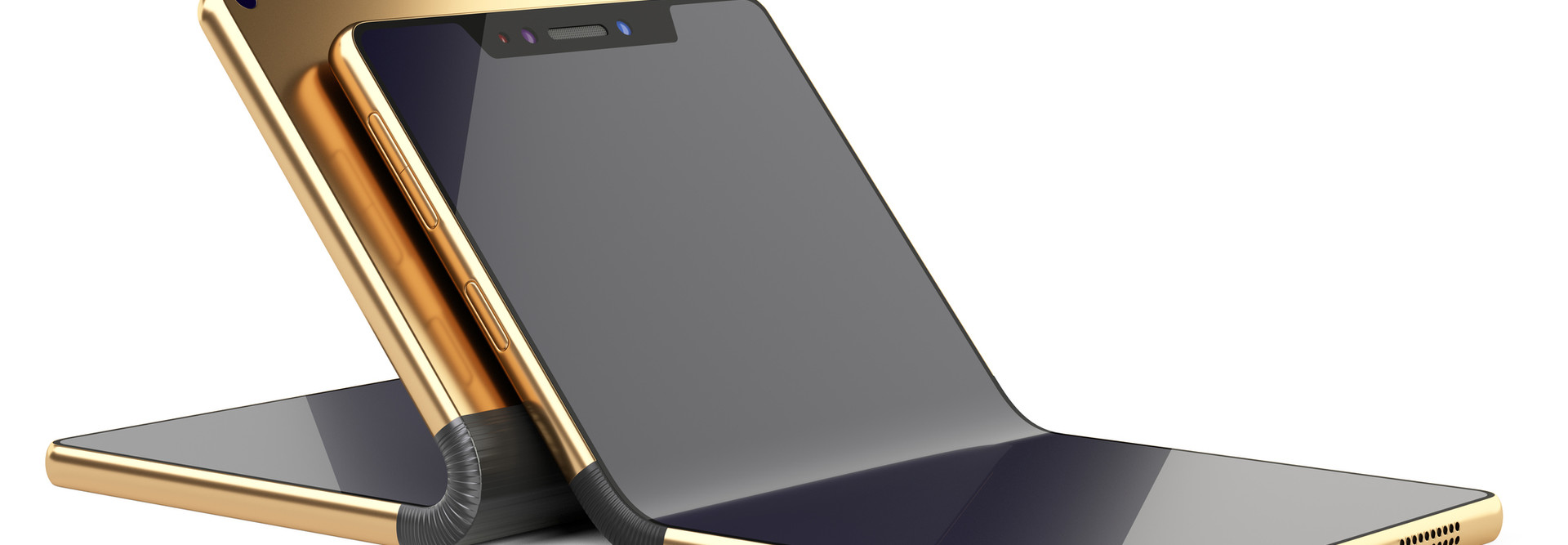Manufacturers See Foldable Devices as the Next Big Step
Earlier this year, Samsung introduced the Galaxy Fold — a smartphone that folds like a flip phone and provides all the benefits of a larger screen with the utility of a compact device.
“Galaxy Fold establishes a new normal in which the size of your screen is no longer limited by the size of your device,” says Jen Langan, senior director of Samsung Electronics America.
This new normal could spell changes in the business world, particularly in how technology is used to conduct day-to-day operations.
“With features like three-app, multiactive window and seamless app usability, users can browse and easily multitask with calls, emails, messages, photos and more, on the go,” Langan says.
When paired with Samsung DeX — a platform that transforms the smartphone into a desktop computing experience — users can “access the advanced productivity solution that amplifies the multiactive window experience, so they can truly do more in a PC-like experience from anywhere,” Langan says.
The Galaxy Fold features defense-grade Samsung Knox — a highly secure platform built into Samsung devices, and a set of solutions that leverage the platform — from the chip-level up, so businesses’ information and data are safe, she says.
Foldable devices may appeal to companies looking to equip an increasingly mobile workforce. “For mobile users, the new device allows them to leverage a larger, immersive display for in-depth multitasking and higher quality viewing on the go for video, detailed PowerPoint presentations, business charts and more,” Langan says.
MORE FROM BIZTECH: Discover why digital transformation starts with the data center.
Manufacturers Embrace Foldable Devices
The launch of Galaxy Fold and other foldable devices is an exciting space in the digital marketplace, in part because the industry has been stagnant and lacked true innovation for several years, says Ryan Reith, program vice president of mobile devices at IDC.
Other device-makers reportedly working on foldable devices include Lenovo-owned Motorola, which is said to be planning a reboot of its once-popular Razr phone; Sony, whose device is reportedly called the Xperia F; and even Apple, which has been mum about its plans but has filed for patents that seem to reveal its intentions to introduce a foldable iPhone.
Reith says that while it may be some time before foldable devices become mainstream, “it’s important to remember these devices will come with a very high price point until volumes can drive down component cost.”
However, Reith sees a place for the emerging technology.
“It is safe to assume the world is addicted to looking at screens, and virtually every industry has followed that path with regard to business processes,” he says. “So, having a single product that can ultimately replace two products will be critical.”
Langan says that is the beauty of Galaxy Fold.
“When folded, it’s designed for quick, one-handed, on-the-go use and comfortable pocket-sized portability,” she says. “When it’s time to sit back and go deeper into content, users can unfold for the most immersive experience on the largest mobile display yet.”
In a blog post, Werner Goertz, research director at Gartner, says the success of the device will hinge on the software used to optimize it when in motion or at rest. If the software can enable “rich yet portable experiences, these devices will be more than a gimmick in my arsenal of productivity tools. There is potential to spawn a new and permanent product category.”
To that end, Microsoft recently indicated it is adapting Windows to work on foldable devices and plans to make big investments in dual-screen hardware for both Windows and Surface. The company will adapt Windows as well as its many built-in apps to work across foldable displays and devices with dual screens.
Reith says the foldable technology is promising, but urges caution for now. “The real question is, will foldable devices matter? I believe they will, but I also think they have a long way to get there.”









